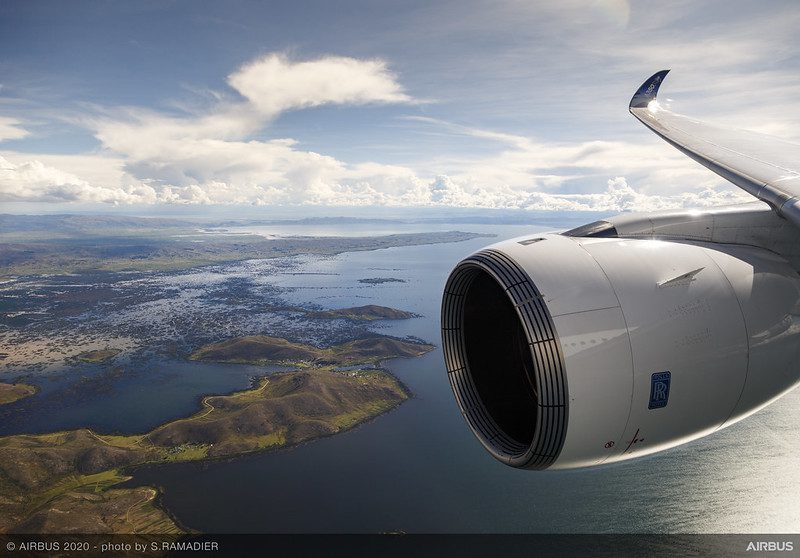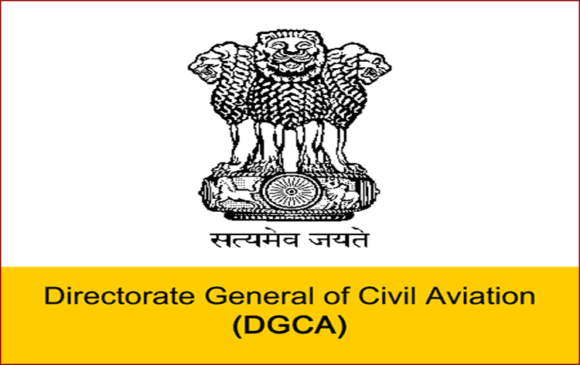
52687884462 81d774ecfd c
UPDATE August 3 – Rolls-Royce has significantly improved its results for the Civil Aerospace and Defence business units in the first six months of 2023. In a trading update on July 26, the OEM said it expected a consolidated underlying operating profit for HY1 of between £660 and £680 million. In the final HY1 results presented on August 3, this is £673 million. Rolls has raised its full-year guidance to £1.2 to £1.4 billion, up from £0.8 to £1.0 billion announced in February and reiterated in May. Rolls-Royce bullish for 2023 after strong HY1.
CEO Tufan Erginbilgic says that the improved results reflect the progress made by the multi-year transformation program, which was launched after he joined Rolls-Royce at the start of this year. “There is much more to do to deliver better performance and to transform Rolls-Royce into a high-performing, competitive, resilient, and growing business. Despite a challenging external environment, notably supply chain constraints, we are starting to see the early impact of our transformation in all our divisions. Better profit and cash generation reflects greater productivity, efficiency, and improved commercial outcomes.”
Higher aftermarket sales have been the major contributor to the improved results of Civil Aerospace. The unit generated an underlying operating profit of £405 million in HY1, a significant step over the £-79 million loss last year. Revenues grew to £3.257 billion from £2.339 billion, in part thanks to a twelve percent price increase implemented during the period. The operating margin was a positive 12.4 percent compared to -3.4 percent last year. Civil Aerospace generated £401 million in cash flow. The underlying operating profit for Civil Aerospace in HY2 is expected to be broadly similar to that of HY1.
Defence produced a £261 million underlying operating profit versus £189 million, thanks to strong revenue growth and higher margins. The operating margin improved to 13.6 percent. Power Systems end the period with a £125 million operating profit versus £119 million last year but at a lower seven percent margin.
Free cash flow also up
Consolidated free cash flow in HY1 improved to £356 million, thanks to the higher underlying profits of Civil Aerospace and Defence. Long-Term Service Agreements for large commercial engines increased to £700 million from £433 million in HY1 last year. This reflects higher Large Engine Flying Hours, which have recovered to 6.2 million hours or 83 percent of 2019 levels. Total flying hours for all civil engines reached 7.7 million hours.
Rolls-Royce guides EFHs for the full year at between eighty and ninety percent, engine shop visits under LTSA agreements at 1.200 to 1.300, and new large engine deliveries at 400-500. Civil Aerospace delivered 188 engines in HY1, including 115 large engines (eighteen spares) and 73 business aviation engines. There were 591 shop visits under LTSA agreements, of which 144 were for large engines.
Civil Aerospace received orders for 240 large engines, including 68 XWB-97s plus twenty options from Air India to power its Airbus A350-1000 fleet as well as twelve XWB-84s. By the end of June, the order book stood at 1.405 engines compared to 1.281 in December.
Other contributors to the higher free cash flow are optimization actions, “notably increased pricing and the anticipated collection of overdue debts that had previously been provided for. A portion of our LTSA receipts are payable to our RRSPs (risk and revenue share partners), which reduces the amount of cash retained by Rolls-Royce. Of the total LTSA balance growth of c.£700m, approximately £500m benefited Rolls-Royce’s cash flows in the period.”
These benefits are offset by a £576 million working capital outflow, which is primarily driven by higher inventories that reflect continued supply chain constraints. Net debt was reduced from £3.3 billion to £2.8 billion, while liquidity stood at £7.4 billion including cash and cash equivalents and undrawn facilities.
Transformation update
During the earnings presentation, Erginbilgic updated investors on the transformation plan. In November, he will present an updated strategy review and new targets. Today, the new CEO outlined the top priorities set out for now. One is a focus on the quality of earnings and cash over market share. “This is a change in mindset: we are concentrating on profitable growth. However, I still expect our volumes and market share to grow as we continue to grow our operations and services to customers.” Achieving best-in-class levels is another target, as well as targeting cash as an input and not as an outcome.
Also different is that under Erginbilgic, Rolls-Royce allocates capital only to the best projects instead of by division. “This new approach enables us to allocate resources more effectively and efficiently to the highest priority areas strategically and for profitable growth.” Becoming net zero in 2050 remains another target.
While the first initiatives have been identified under the transformation program that can be implemented this year, there is still a lot more to do. One area is working on synergies across the group to improve efficiency and productivity and drive simplification. Erginbilgic mentioned direct procurement as an example where there was much overlap between divisions. like casting. Procurement savings of up to $20 million per year have been identified.
Optimizing contracts
A second area for improvement is the commercial optimization of contracts to improve margins on widebodies, business aviation, and power systems. In Civil Aerospace, six areas have been identified, including time on wing improvement. “Reducing the number of shop visits will drive up our LTSA margins. We are also focusing on driving down the costs per shop visit by optimizing our overall processes and reusing parts.” Redesigning parts should also reduce the costs of servicing engines. Rolls-Royce will also “rigorously enforce contract terms, to ensure that we are paid what we are owed.”
All contracts are being reviewed to make sure they have a satisfactory level of profitability. Rolls-Royce has been discussing contracts with all of its customers and Erginbilgic engaged personally with all customers that have so-called honorous contracts. A task force has been established “to work out a win-win solution.” This same approach also applies to business aviation, where Rolls-Royce wants to offer customers a premium aftermarket offering.
The third area for improvement is that of working capital, but progress is slower than Erginbilgic had hoped. The objective is to unwind inventories in HY2.
Speaking about the supply chain, Erginbilgic believes that constraints will continue for at least the next couple of years. “We have the same issues as others, but our issue is a little bit multiplied by two supplier fires. We talk about a £1509 million impact, but the initial was a lot more than that. Because of the V-shaped recovery, I guess gas turbine supply chain issues will not stabilize anytime soon. Definitely next year and maybe beyond.”
Views: 2




